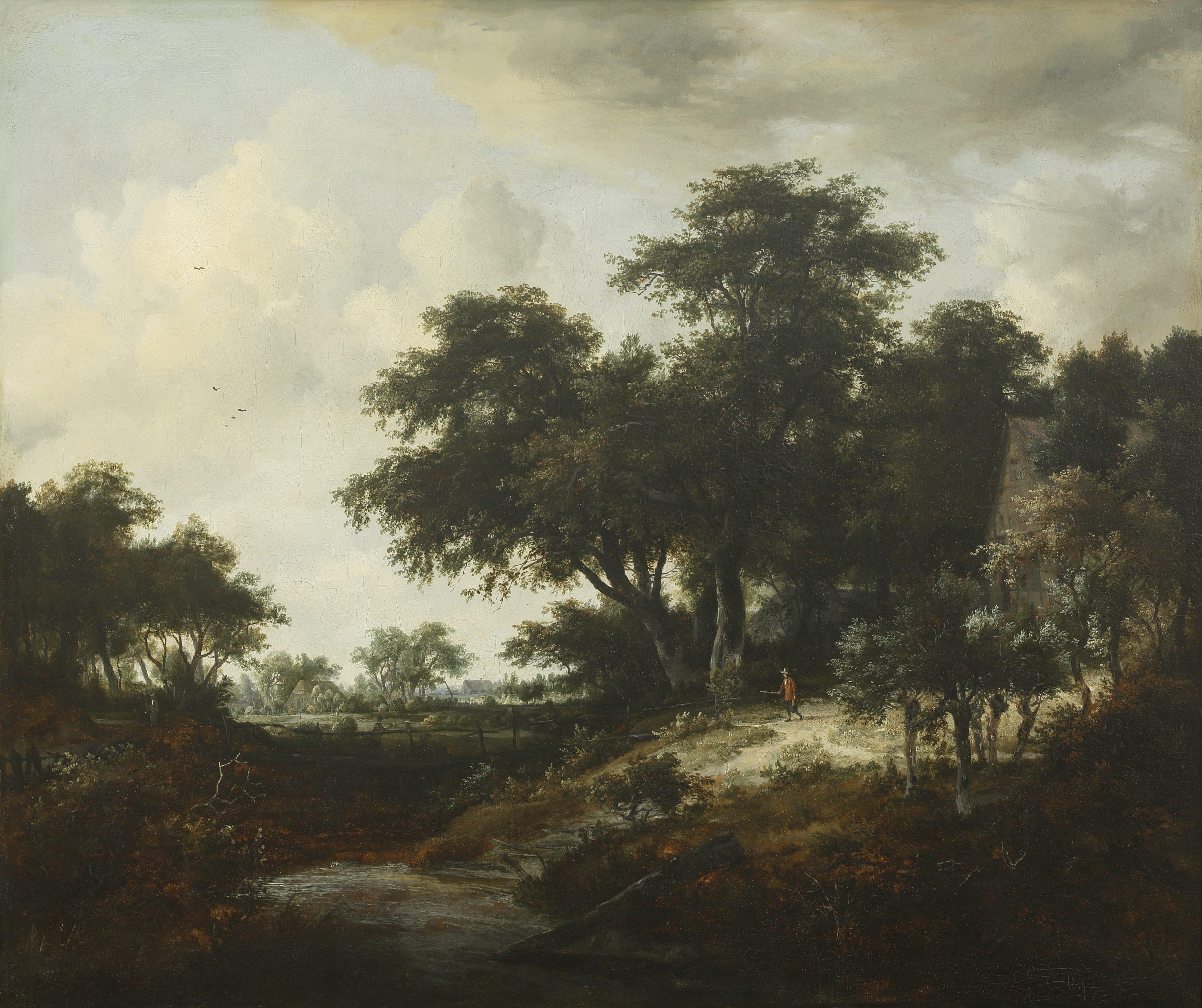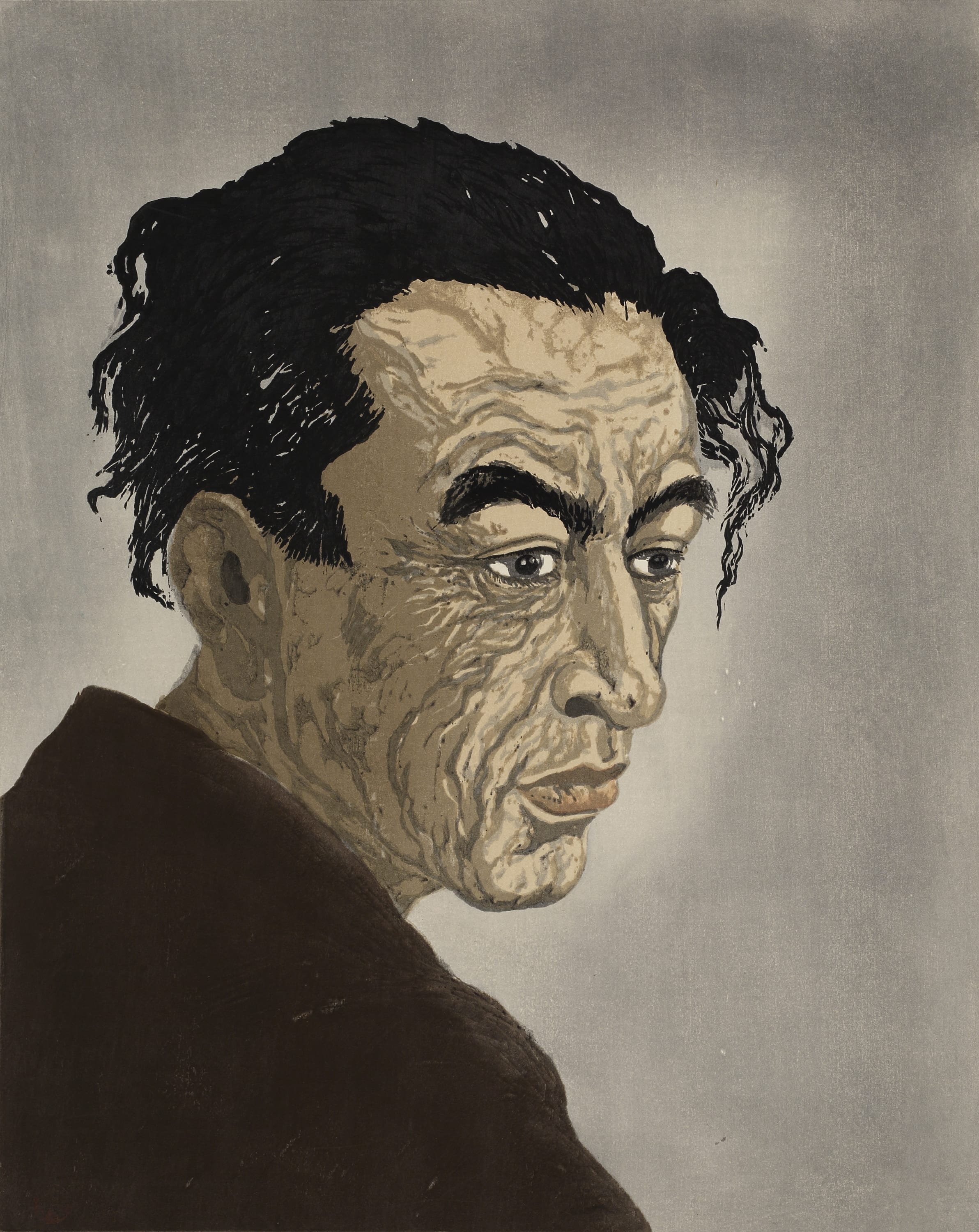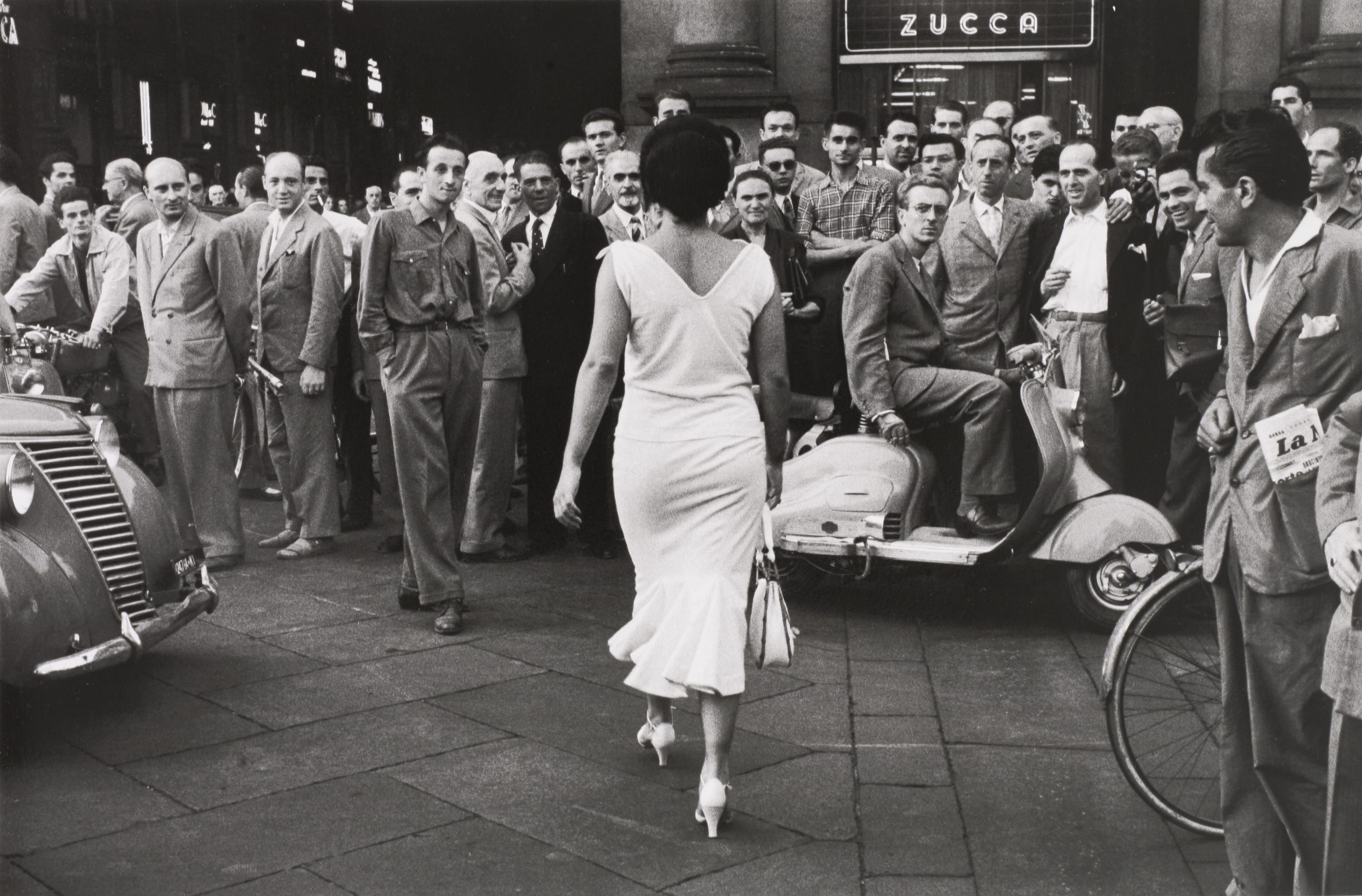Above: Vuillard, Édouard, The Theatre, c. 1905, Oil on panel
I sat down with Mark Wonsidler and Jeffrey Ludwig-Dicus, members of LUAG’s curatorial team, to discuss the challenging process of selecting works of art for the current exhibition Object As Subject: The Lehigh University Art Galleries Teaching Collection. Object As Subject celebrates 150 years of Lehigh University by highlighting LUAG’s extensive art collection, which over the years has amassed almost 13,000 objects.

In the beginning, the exhibition that would later become Object As Subject was proposed as an opportunity to focus on a few of the many masterworks from the teaching collection as part of Lehigh’s sesquicentennial celebration. However, as the curatorial team further explored the concept of the exhibition, the question “what is a masterwork”—with all its cultural and historical baggage—became problematic. Who gets to say what a masterwork is? By whose authority, and by what criteria can this be decided? The conversation quickly shifted away from this sort of top-down evaluation and toward the objects themselves. Jeff and Mark, working closely with LUAG Director / Chief Curator Ricardo Viera as well as several museum studies students, considered each piece, not for its superstar historical quality, but rather for its place in an object-to-object dialogue which is all about the pleasures of looking and thinking.
Another important deciding factor for the selections was the importance of representing the diverse pool of artists in LUAG’s collection. The curatorial team made sure to choose artists from a range of cultures, time periods, genders and countries. Taking it one step further, the team also had to decide between exhibiting an artists’ well-known pieces or pieces that differed from the artists’ signature style. They also took the initiative to include works that are unique to Lehigh’s collection and not likely to be viewed elsewhere. So, while the exhibition has some well-known staples, expect to discover pieces that are quite unusual.

I was curious to find out if a style or time period was well represented in the exhibition due to its prominence in the collection. Jeff and Mark both agreed that LUAG’s Post-Impressionist paintings were important to include. LUAG is well known for its extensive photography collection—several remarkable examples by Drtikol, Callahan, and Bourke-White are included—but this exhibition was also an excellent opportunity to show off some English and French paintings from several periods, including Gainsborough, Sisley, Bonnard, and Redon to name a few.
Just as the selections for Object As Subject are not based on style or chronology, neither are the placements of these works on the gallery walls. You can find a Charlie Lucas next to a Thomas Gainsborough, and elsewhere a Jacob Lawrence, an Ellsworth Kelly, and a Berenice Abbott grouped together. The works were grouped according to visual concepts such as color, space and light. Placement depended on a special dialogue created between individual works and relationships that are based on visual understanding, rather than history or biography. The juxtaposition of such diverse yet relatable objects makes the exhibition a very unique sight to behold.
When asked if there was something specific that visitors should keep in mind when visiting Object As Subject, Mark and Jeff replied that like any exhibition, this one is an opportunity for visitors to have their own experiences by finding personal connections to the works. They also lent the advice that there is too much to take in during only one visit due to the exhibition’s complexity. We are lucky that Object As Subject will be up for the whole year, allowing for multiple visits to make sure nothing is missed!

OBJECT AS SUBJECT: The Lehigh University Art Galleries Teaching Collection
MAIN GALLERY, ZOELLNER ARTS CENTER & THE GALLERY AT RAUCH BUSINESS CENTER
August 26, 2015 – May 27, 2016
Celebrating 150 Years of Lehigh University. From the very beginning, Lehigh University has regarded the arts as a fundamental part of its educational vision. Lehigh’s first president Henry Coppée included drawing and painting among the core subjects that every well-rounded student should study, regardless of major. In the 150 years that followed, the University has amassed a world-class collection of almost 13,000 art objects, representing a broad range of cultures and materials. Relying on the generosity of alumni and friends, the LUAG Teaching Collection has become a laboratory for visual literacy used by students, faculty, and the community at-large.
Rauch Business Center Gallery Hours: Mon.- Fri. 8am – 10pm; Sat. 8am – 5pm
Main Gallery Hours: Wed. – Sat. 11am – 5pm; Sun. 1-5pm
